We are standing outside the Serampore

The Bengali hit, Bhoot’er Bhobishyat, was shot in this rajbaari. In the film, you can see Kadalibala, the spirit of a woman betrayed, gliding down the chequered marble corridors that run around the inner courtyard singing tumi

Few metres away, overlooking the Ganges, is a palatial building. Built by Kishorilal Goswami, one of the heirs of the Goswami family, this building is in far better shape than the original rajbaari. Today, Kishorilal’s
Also read: Explore one of Calcutta’s oldest neighbourhoods with our Shyambazar Neighbourhood Guide.

Once Bengal’s only Danish settlement, Serampore today is a part of Bengal’s industrial belt. Pre-partition, the jute processing industry was the backbone of the local economy. With most of the jute fields falling in Bangladesh, the industry quickly fell into a stupor and hundreds were rendered jobless. Along the river, defunct brick-bare chimneys of jute mills still rear their tall heads. Frankly speaking, there isn’t much to see here unless you are into history and architecture– in Serampore stand monuments like Henry Martin’s forgotten pagoda and the Aldeen House which nature has reclaimed as her own– or, religious. Bengal’s oldest RathYatra, the Rath Yatra of Mahesh, is held here annually and thousands gather to participate in the procession. The Radha Ballab Jiu Temple dating back to 1886 and the recently restored St. Olav’s Church are also in Serampore.

Over coffee at Denmark Tavern, we overhear a film crew discussing the day’s shot over fluffy, white luchis. Since the tavern was reopened in September, film crews, photographers, and heritage enthusiasts have been flocking to it and for good reason. The building had lost most of its roof, the floor was a forest, and the walls were festering with all kinds of life when Manish Chakraborti and his team came to its rescue. The café reminds me of Coffee House. Is it the rectangular opening in the ceiling or the period furniture, I wonder as I cut into my mushroom and chicken cheese toast. Our server, Munazir, apologizes when we request a tour of the second floor but invites us for drinks when the tavern opens at the end of December. His name reminds me of Muntazir, the fictional town where Myshkin Rozario lives in wait of his mother to return in Anuradha Roy’s All the lives we never lived. Like the book, this building ferries you to the colonial era, to Frederiksnagore as Serampore was known back then. Around you, young Danish soldiers and traders engage in conversations with their European and Indian counterparts. Women, decked in tulle, arrive with their parasols and order drinks to cool themselves. Their shoes go tap-tap-tap on the stone flooring. Puffs of tobacco smoke linger in the riverine air. Tired travellers arrive on boats from the city of Calcutta. In the mellow glow of oil lamps and gas lights, a khichuri of languages and dialects fills the room. Oblivious to servers running from dining room to kitchen and weary travellers impatiently enquiring about lodging, someone plays


Outside, by the river again, we watch ferries parting the still bosom of the river. A man says of the steep and narrow flight of stairs leading to the river, “eta

Located at a T-junction in the heart of the old Danish settlement is one of the highlights of the heritage walking tour in Serampore: St. Olav’s, a 211-year-old church dedicated to a Norwegian saint who was highly revered in Denmark when Norway and Denmark were under the same crown. A workshop of some kind is happening inside and judging from the number of footwear outside, the church is packed. A monogram of the Danish King, Christian VII, adorns the double-columned portico which is topped by a square bell tower with a clock. Along the side, are a series of louvred windows that have been painted a dark brown. The roof is flat, unlike in churches from that era in Scandinavia, suggesting that it was built in the style of St.Martin-in-the-Fields in London as were most churches built during that time in Calcutta. The bells no longer toll but one of them bears the inscription ‘Frederiksvaerk 1804’. From where we stand, we can see lights twinkling inside and the faithful, hands raised to the Heavens, swaying to hymns. Behind us, in a little enclosure are canons dating back to the 1700s. If Bente Wolff, project head, Serampore Initiative, and consultant architect, Flemming Aalund, has her way, we will soon be standing on a sweeping tree-lined boulevard facing the church with the North Gate of the Government House complex to our right.

The old Government House, or the

The heritage building in which the eatery is located was once the court canteen. Now renovated, it resembles a plantation bungalow; a wide verandah decorated with white plastic chairs with a woven cane pattern, potted plants, dated lamps, photographs and replicas of paintings from old Serampore gives way to tall glass doors and windows. Seated in a room with high ceilings and polished red floors, we polish off a plate of
Also read: Explore College Street on a Food Walk. Did you know College Street is the largest second-hand book market in the world?


Past the Serampore Girls College with its green Venetian blinds, past the crumbling remains of a mansion, past the rundown jute mill, we reach Serampore College. It’s Sunday and the gates are locked. Fringed by leaves and boughs, the main building, with its dramatic columns and arched windows, stands tall in true neo-Classical style. The silence is only broken by birdcalls and the occasional

Near the house of the Dey family, another of Serampore’s well-known heritage structures that looks like it will collapse any day, Bollywood music and loud chatter spills out from a banquet hall and threatens to shatter the sweet solitude of the afternoon. We have been talking about the house of the Rakshit family of Chandannagore, which, says Aninda, contained four ponds within the compound. The rooms were decorated with original paintings by Indian and European painters, antique furniture, chandeliers, and more till a family feud dissolved it all. We hardly visit them anymore, he trails off pointing at the decorative friezes of the house in front of us. It looks like a series of haphazardly arranged Lego blocks in varying shades and states of disrepair but in reality, the house, which runs along the entire length of the road we are standing on, has been sectioned off and each owner has renovated their part as per their ability. Where there were heavy wooden doors with exquisite carvings, now there are gaping holes. We hear that there’s a grand thakurdalan inside with wide corridors running along three sides of it. With its rounded windows, grand Corinthian columns, ornate iron railings, and wooden Venetian blinds, the mansion is a study in opulence.

The pond across the street is a lurid shade of green. Algae bloom with abandon on the surface. On the edges are fecund clusters of hyacinths. Where the water is free of vegetation, the surface appears like a sheet of black glass. Not a breath of wind. We continue west on Dey Street, past Unique Lodge, a restored heritage house and one of few lodgings in Serampore, and down Serampore’s main drag before slipping into a side street in search of the Danish Cemetery. To our dismay, it is locked. The lack of maintenance is evident from the profusion of weeds and the crumbling appearance of the graves. A chhatri-like structure has been erected right across from the main gate. White with golden trimmings, it appears eerily out of place as if the living had arrived to claim a stake in the kingdom of the dead.
Serampore’s architecture, like that of Kolkata’s, is a mélange of European and Indian styles. Most of the mansions and monuments have bitten the dust but those that are surviving or are struggling to survive are being given a fresh lease of life by the Danish Ministry of Culture in association with the Government of India. Visionaries like Bente Wolff, Manish Chakraborti, and others are labouring to preserve what remains of this historic town but what we found the most interesting and heartening was that the residents were appreciating their efforts. From the man in charge of restoration work at the

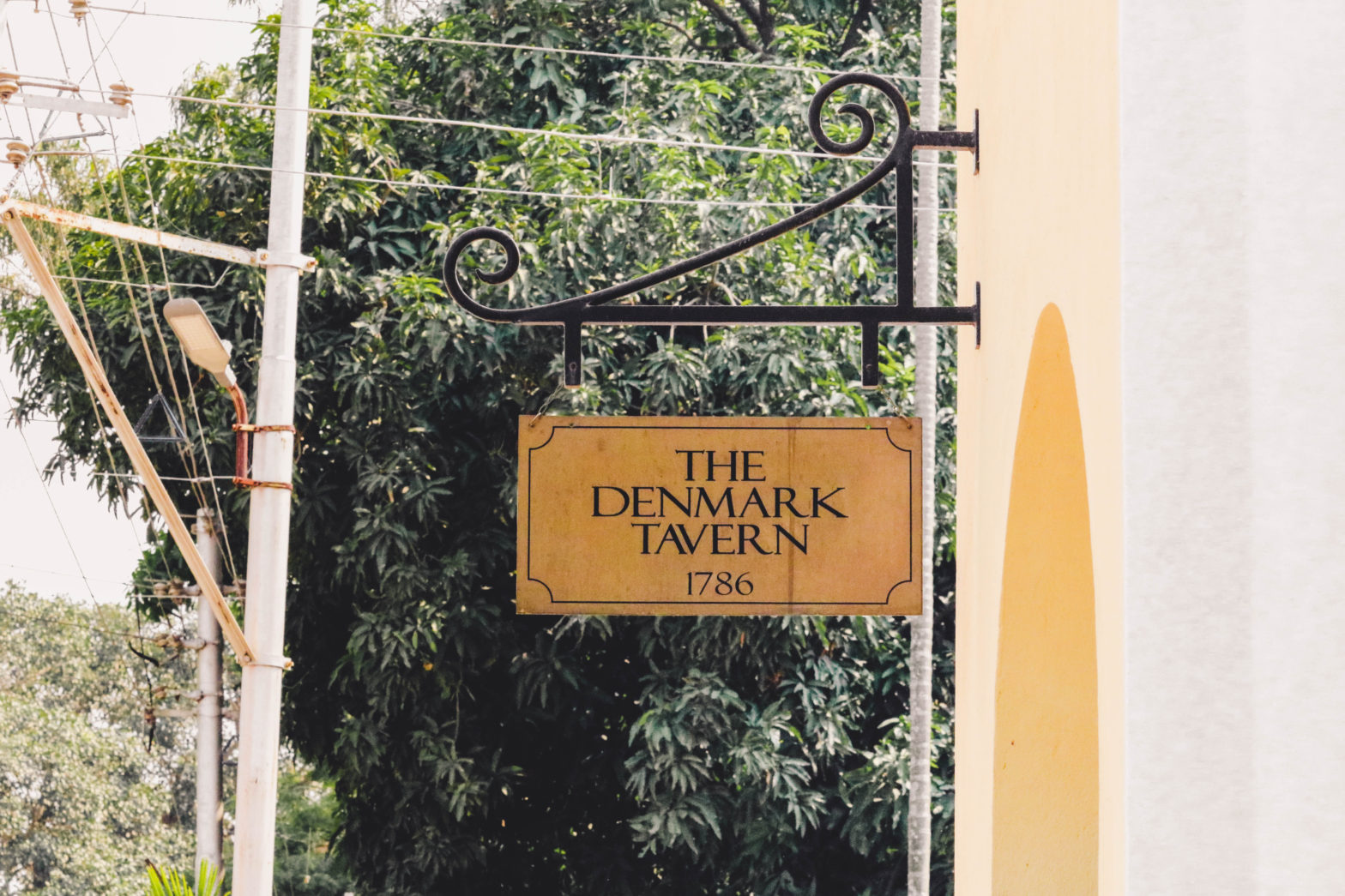


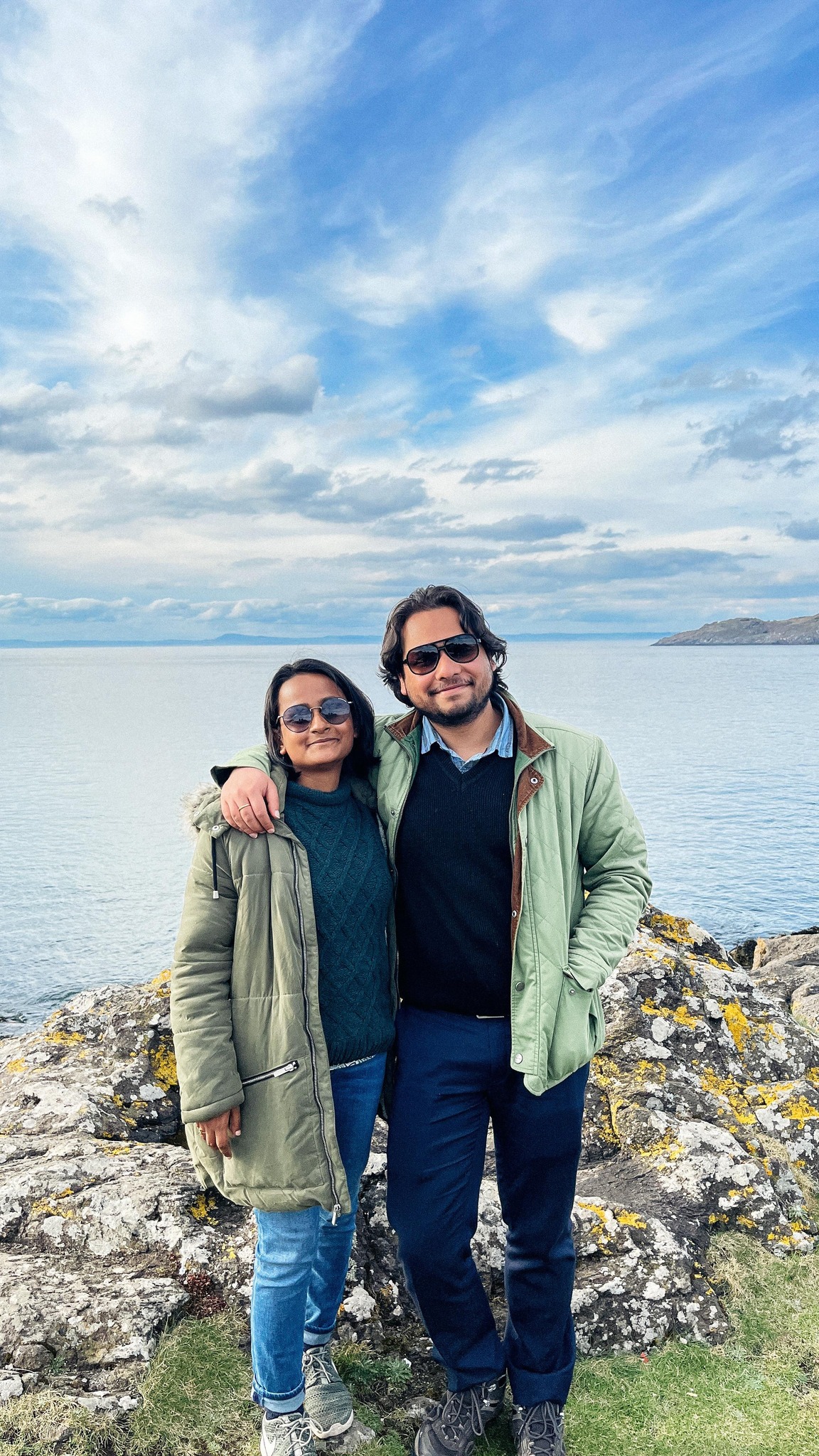
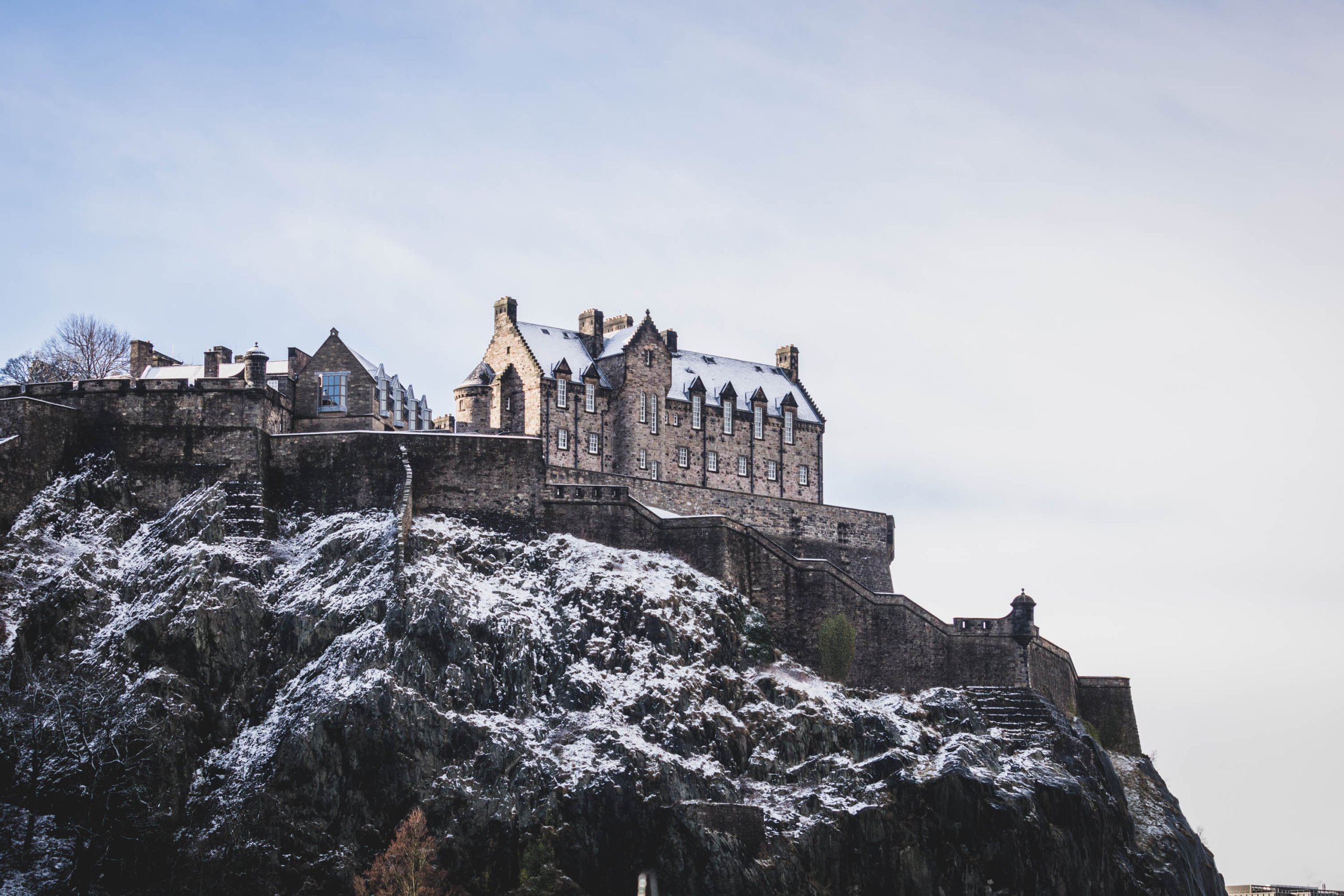


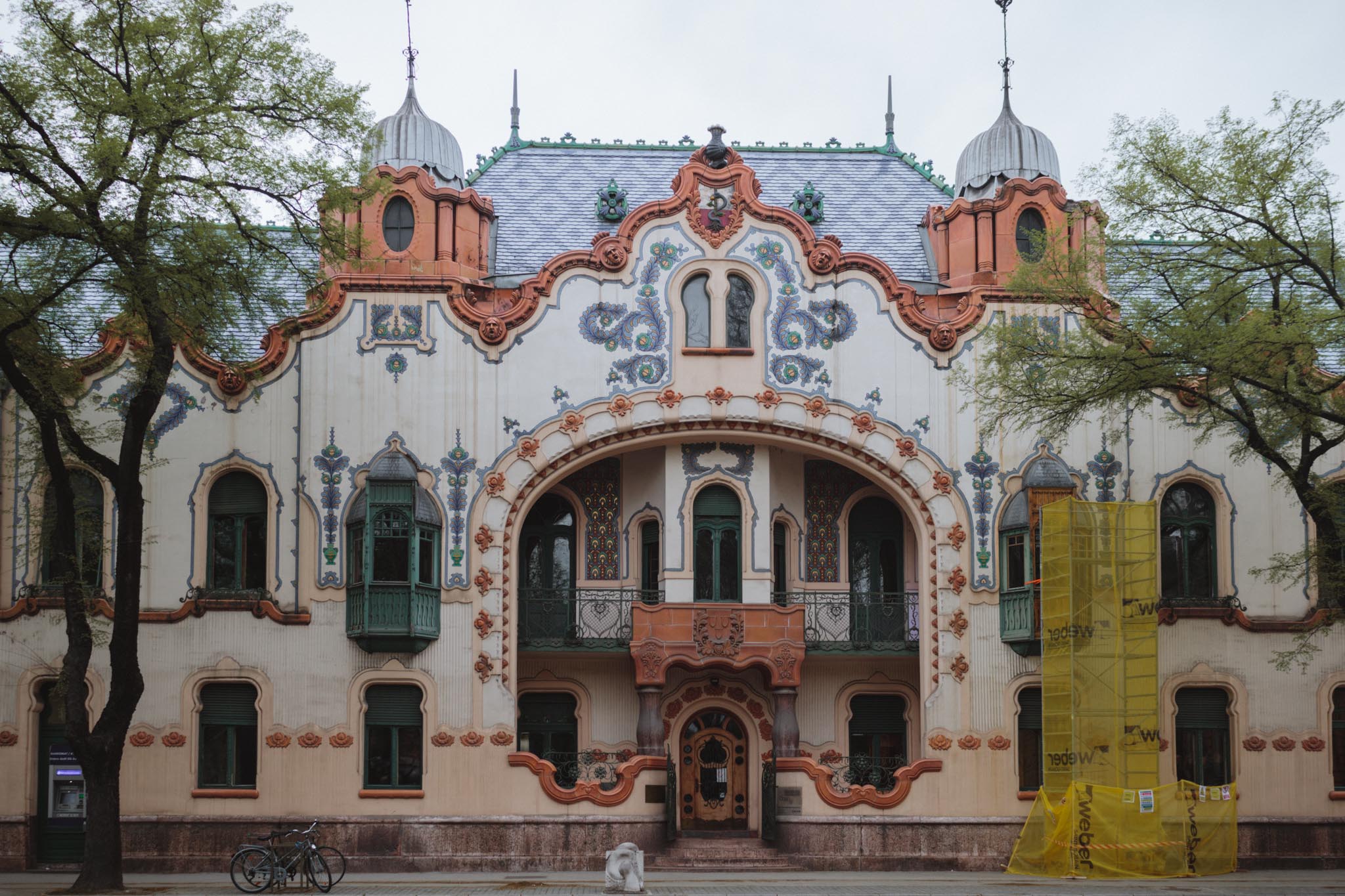

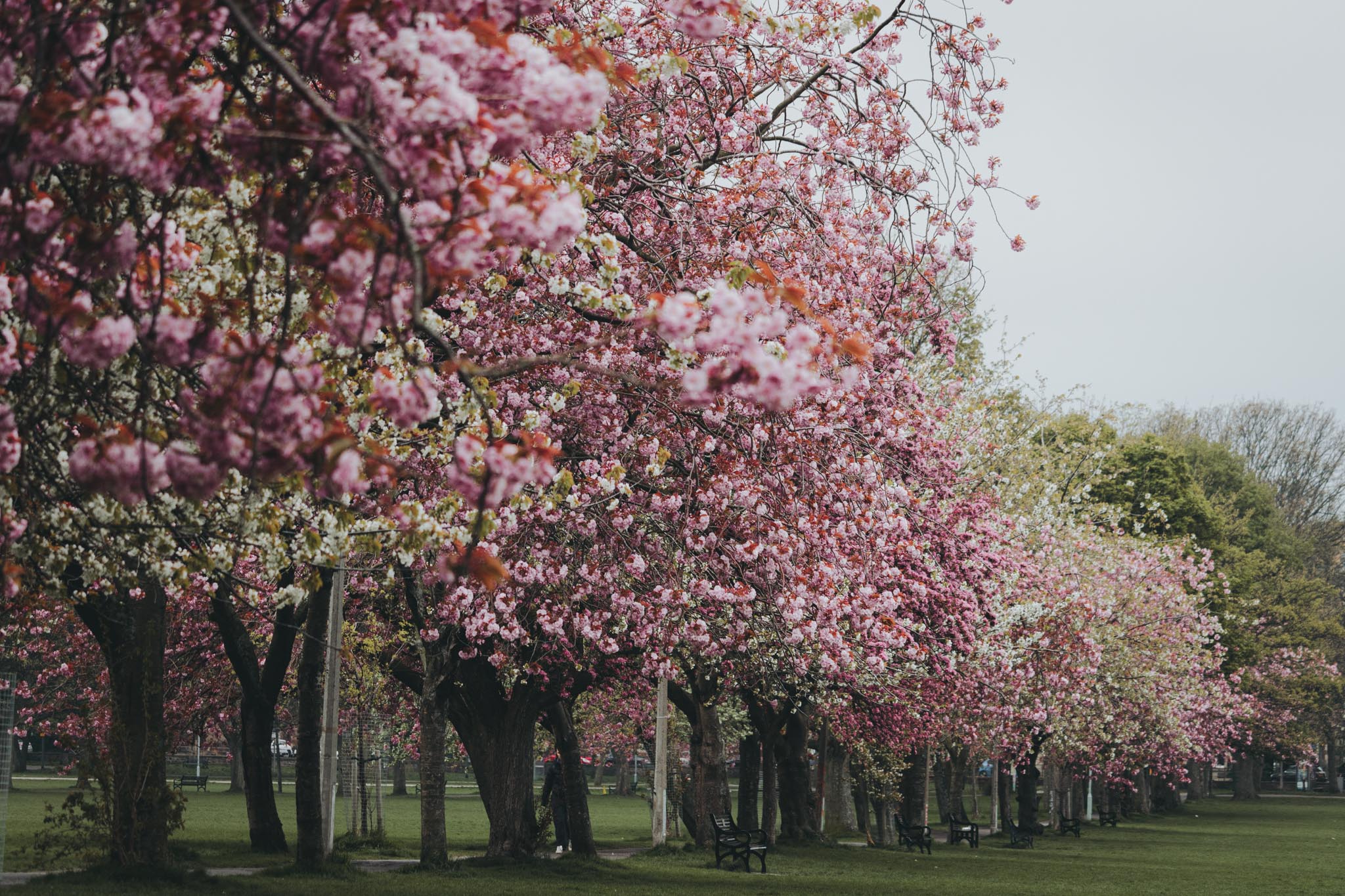
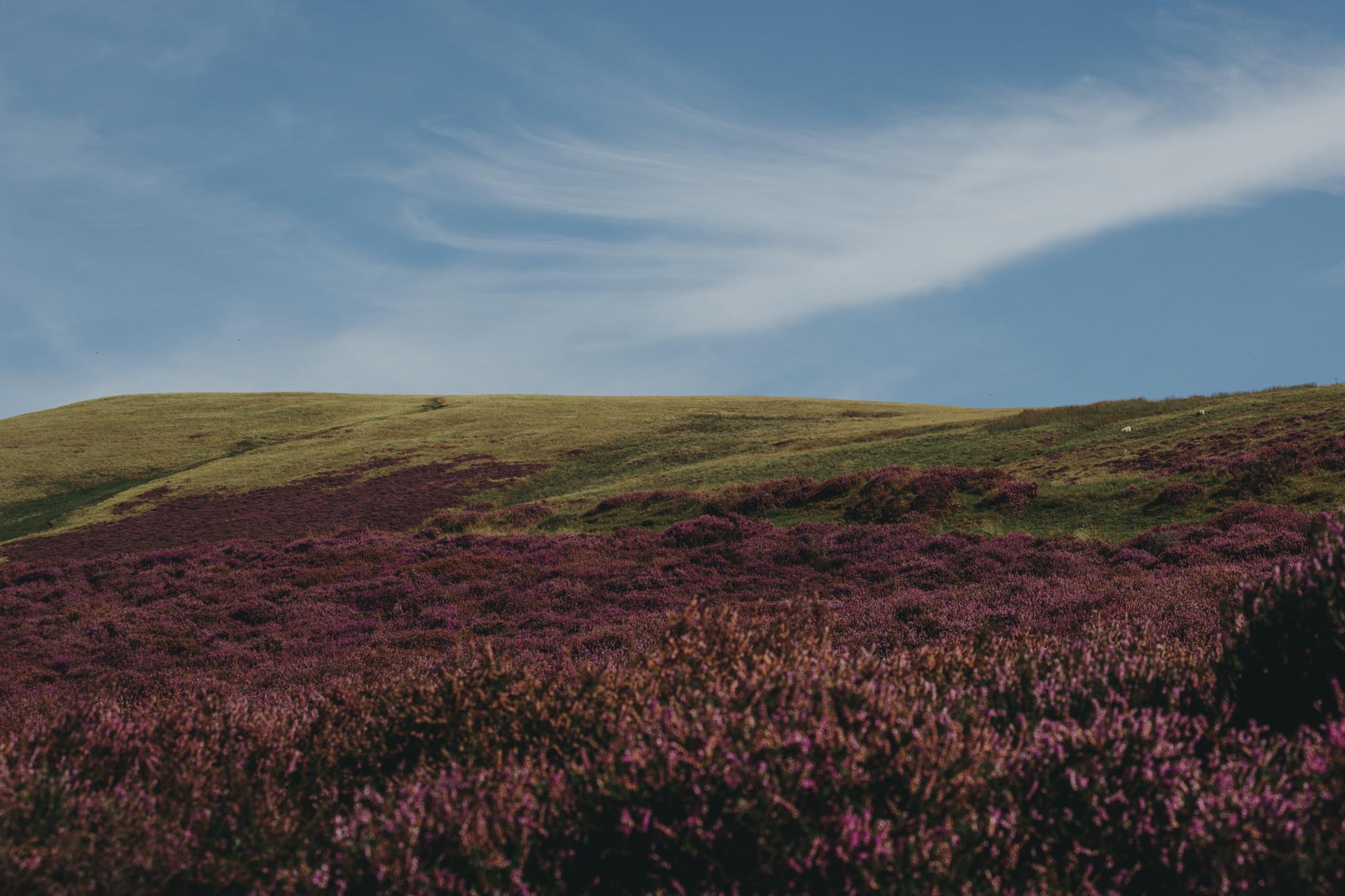
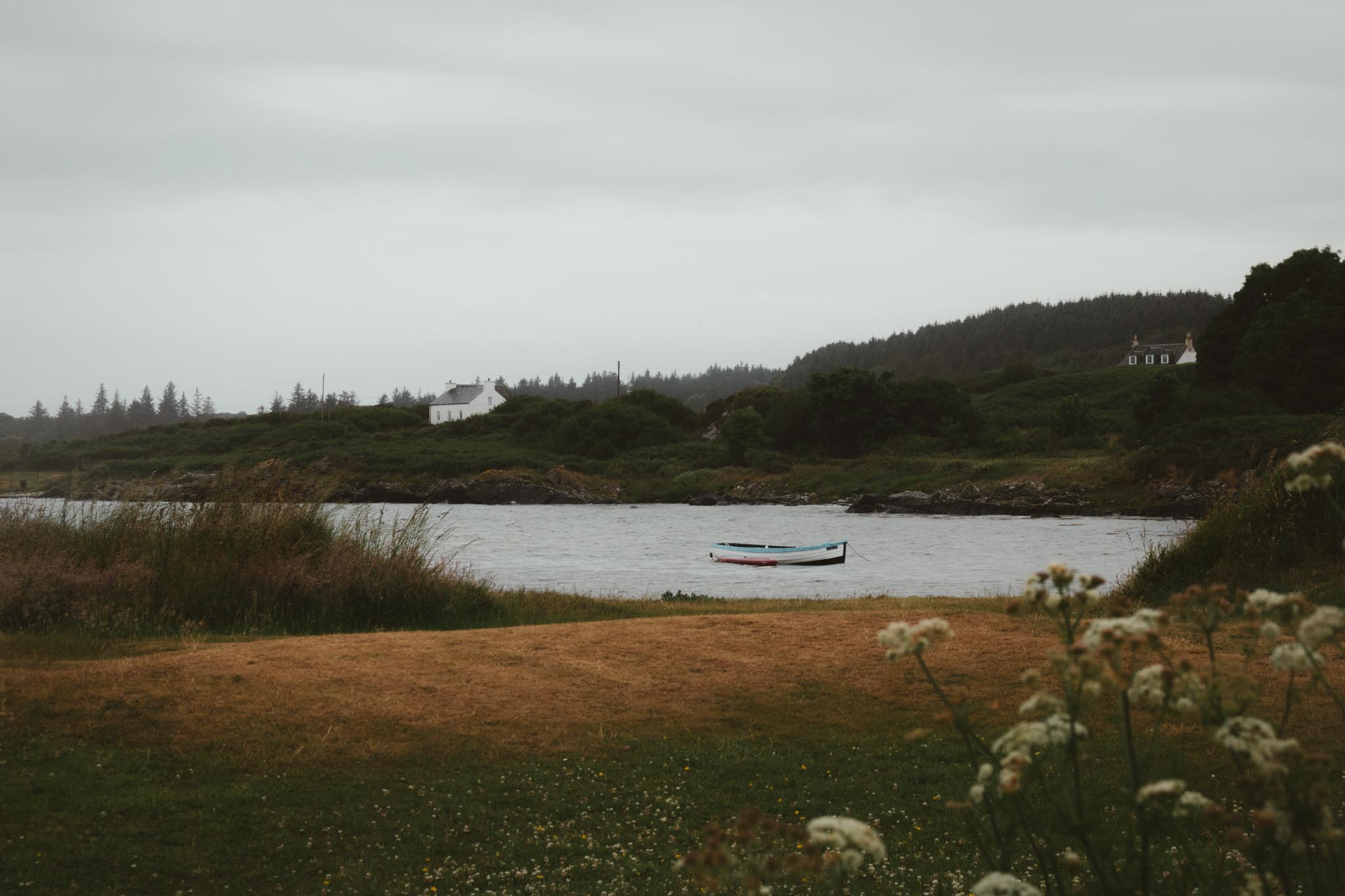
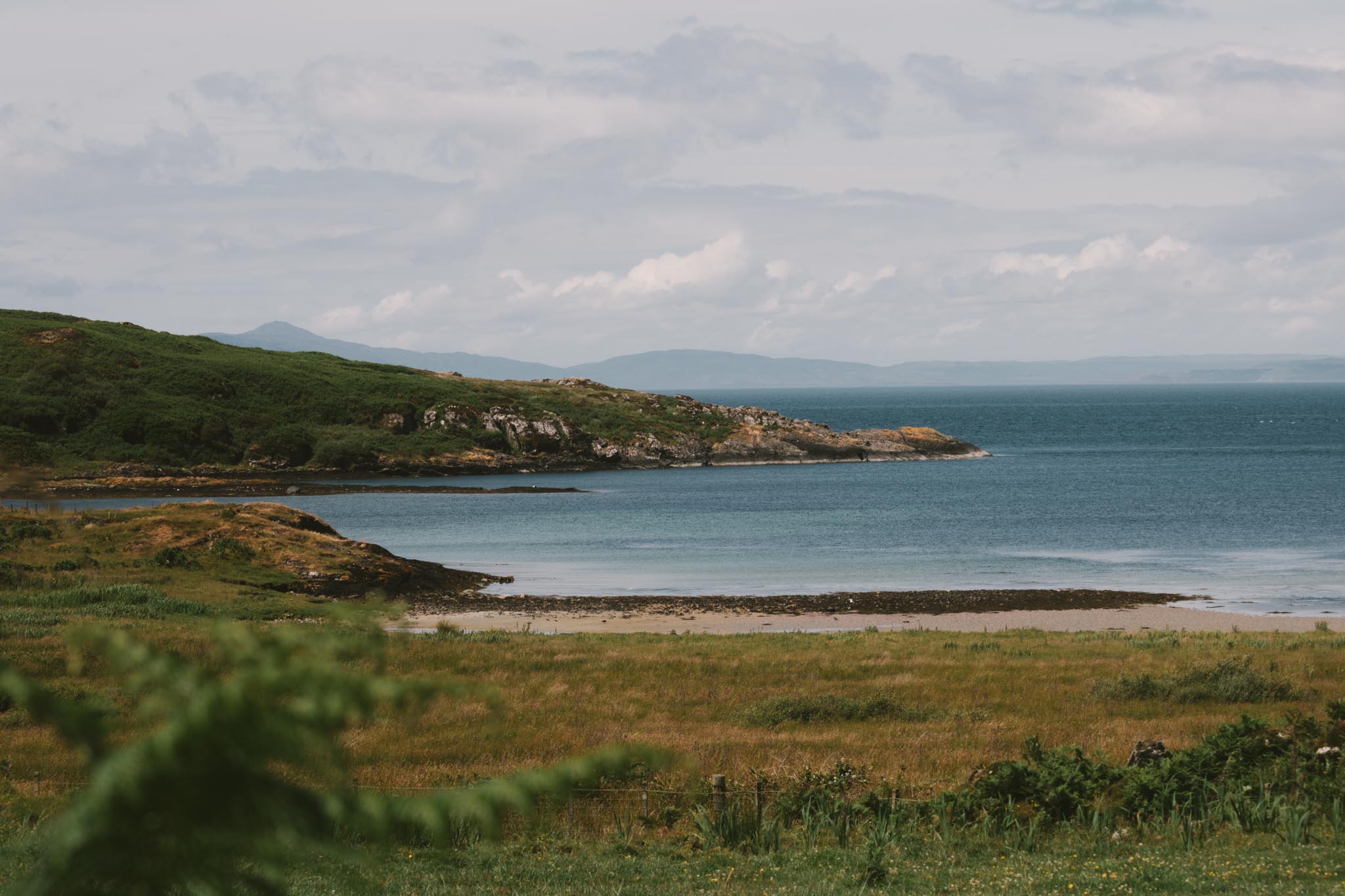
Leave a Reply